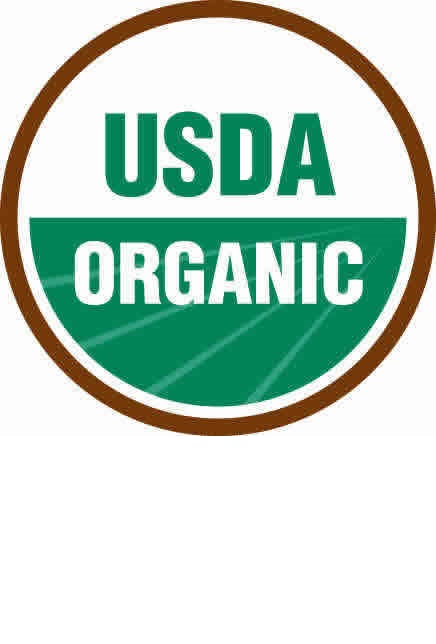 Understanding Organic Foods - February 15, 2017 Jeff Schalau, Agent, Agriculture & Natural Resources University of Arizona Cooperative Extension, Yavapai County Many home gardeners say they grow “organic” vegetables and fruits. Depending on one’s knowledge of organic production, this may or may not be true. In most cases, foods labeled and sold as organic must be certified as such. This includes certification of the grower(s), handler(s), and processor(s) by USDA-accredited certifying agents. National Organic Program (NOP) regulations require that agricultural products labeled as such originate from farms or handling operations certified by a State or private entity that has been accredited by USDA. Growers producing organically grown food and fiber cannot use conventional pesticides, petroleum-based fertilizers, or sewage sludge-based fertilizers. Animals raised on an organic farm must be fed certified organic feed and given access to the outdoors. They are given no antibiotics or growth hormones. The NOP regulations also prohibit the use of genetic engineering and ionizing radiation during organic production and handling. In theory, organic food production relies on creating an environment that reduces the population of potential pests (insects, diseases, weeds, or parasites) and promoting plant/animal health to increase resistance to predators and pathogens. This requires that the organic grower provide the right soil conditions, select healthy plants, and follow proper cultural practices. It also requires a gardener to scout the growing area regularly – checking for pests and addressing problems while they are still manageable. These are things that most growers do regardless of their organic status. Producers and handling (processing) operations that follow the NOP standards and sell less than $5,000 a year in organic agricultural products are exempt from certification. They may label their products organic if they abide by the NOP standards, but they cannot display the USDA Organic seal. Many small growers that use organic practices label their products as “pesticide and synthetic fertilizer free” to avoid confusion and legal issues. Small scale growers rely more heavily on their relationship with the local customer to ensure quality products. Certified organic production entails an initial certification by qualified inspectors and attentive recordkeeping by the grower. Growers moving from conventional to organic production are given a three-year transition period to become certified as organic. Transitional growers must be inspected and demonstrate compliance with all requirements for certified organic production during the transition period. The NOP also has labeling regulations which should be understood by consumers. These labeling standards are based on the percentage of organic ingredients in the product. Products labeled "100 percent organic" must contain only organically produced ingredients. Products labeled "organic" must consist of at least 95 percent organically produced ingredients. Products meeting the requirements for "100 percent organic" and "organic" may display the USDA Organic seal. Processed products that contain at least 70 percent organic ingredients can use the phrase "made with organic ingredients" and list up to three of the organic ingredients or food groups on the principal display panel. For example, soup made with at least 70 percent organic ingredients and only organic vegetables may be labeled either "made with organic peas, potatoes, and carrots," or "made with organic vegetables." However, the USDA Organic seal cannot be used anywhere on the package. In recent years, many US farmers have shifted to organic production. Over time, this should have the positive environmental benefits of reducing pesticides and synthetic fertilizers as pollutants. Conversely, we have also seen increased food borne illness outbreaks that are associated with organic agricultural practices. This threat has certainly caused organic food producers to assess their practices and production systems. Many people wonder if the US can continue to satisfy our demand for safe, affordable food. Local and regional food production is on the increase, but it is not nearly enough to feed our current population. The world’s food supply is still highly reliant on non-organic food production systems. In the not-so-distant-past, organic production was limited to small, “back-to-the-land” farmers. Today, it is being embraced by large farms and food corporations. Organic products are increasingly present in large distribution chains and demand for organic products has exploded. I hope this provides some food for thought as you shop and prepare meals and snacks! I’ve also included additional resources below. Follow the Backyard Gardener on Twitter – use the link on the BYG website. If you have other gardening questions, call the Master Gardener help line in the Camp Verde office at 928-554-8992 or e-mail us at verdevalleymg@gmail.com and be sure to include your name, address and phone number. Find past Backyard Gardener columns or provide feedback at the Backyard Gardener web site: http://cals.arizona.edu/yavapai/anr/hort/byg/. Additional Resources USDA Organic United States Department of Agriculture www.usda.gov/wps/portal/usda/usdahome?navid=organic-agriculture |